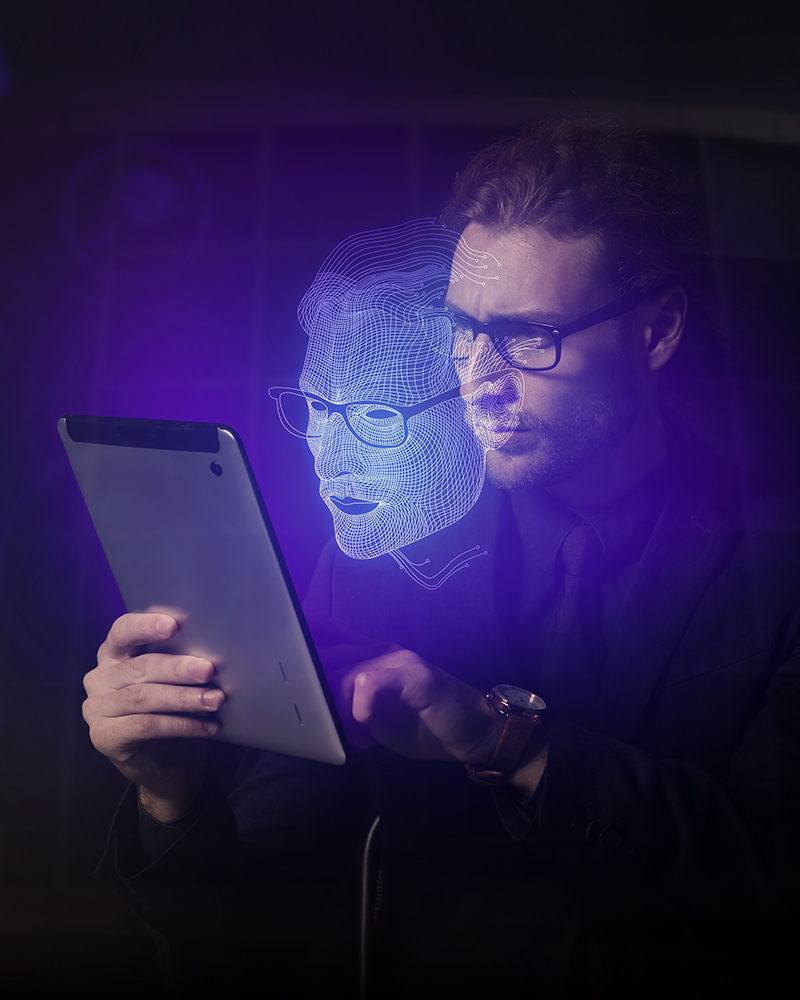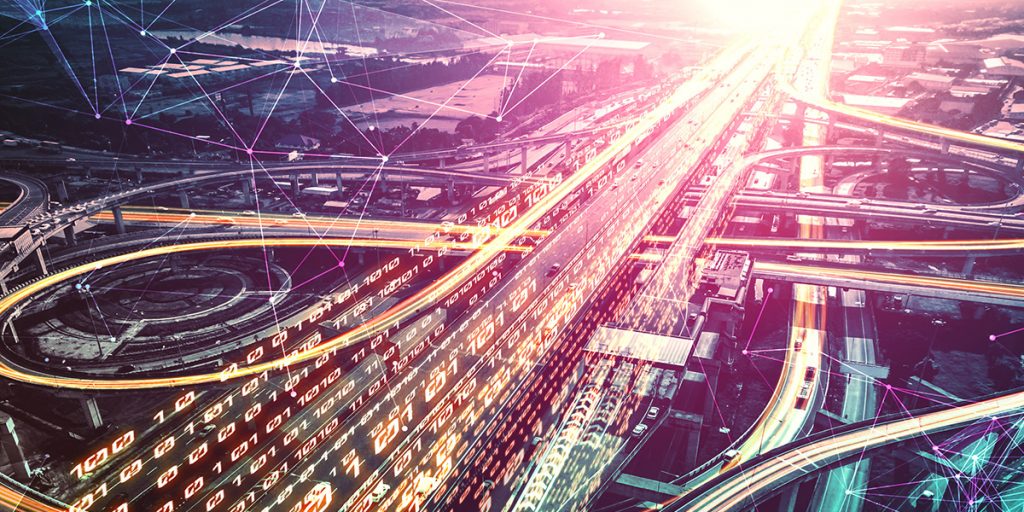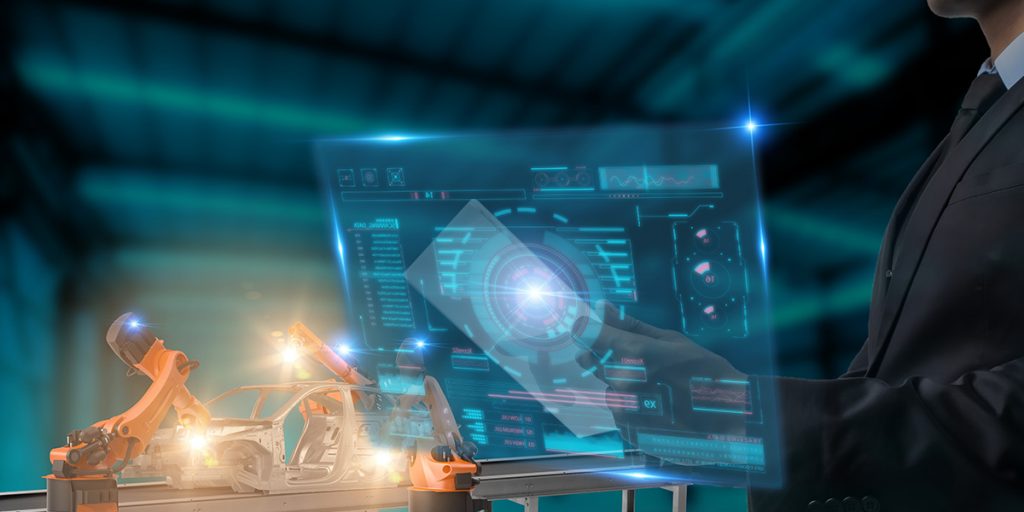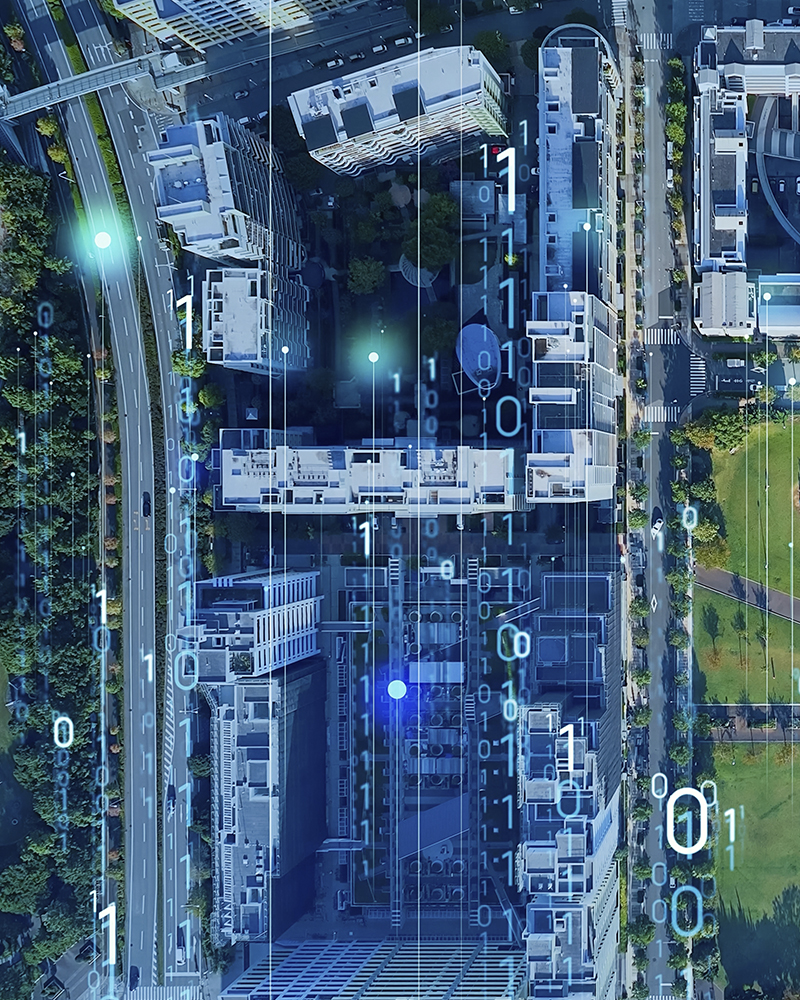
It is one of those terms that we have heard and read about lately in different contexts, but that, unless we are experts in the subject in question, we don’t really understand (although the term itself gives some clues). So, what are digital twins?
Basically, the concept refers to the virtual representation of a real object or system whose purpose is to carry out simulations. It is a technology that fuses Artificial Intelligence (AI) , machine learning and the Internet of Things (IoT) to generate hypothetical scenarios from already existing physical products with the aim of optimizing them.
To do this, the real object is provided with a series of sensors and data analysis technologies that collect information related to its operation. Once processed, it is transmitted to the digital copy so that it can be taken into account in its simulations.

Although for many it still sounds like science fiction, digital twin technology has been used since 2002, when it was coined by Dr. Michael Grieves as part of research carried out for the University of Michigan. Although, in fact, the computer scientist David Gelernter already referred to it in the book Mirror Worlds. Since then, there have been several industries that have been interested in researching this technology and applying it in different projects.
One of the pioneers has been aerospace and defense. According to the report Mirroring Reality: Digital Twins in Aerospace and Defense, by Capgemini, companies in these sectors increased their investment in this technology by 40% in 2022 alone.
But digital twins are also proving to be an interesting tool for transportation infrastructure as well as traffic management. In an article published by the software company Ekon, telecommunications engineer Ignasi Sayol says that, despite being relatively new in the sector, this technology is of great interest to the road transport industry, since it can guarantee that the use of infrastructure is “safe, optimal and fluid.”
Among the benefits that Digital Twins offer, Sayol points out their ability to predict and alleviate infrastructure problems before they occur. “For example, this technology makes it possible to foresee a drainage problem due to rain. Sensors in the drainage system, combined with CCTV and other data such as the intensity and duration of rainfall, can be used to identify and repair a problem before flooding occurs on the road or in an area of the city or highway.”


Another advantage of these systems is the possibility of monitoring events in real or almost real time, if the digital twin is synchronized with the real object. In addition, this technology also allows historical monitoring by compiling information over time. This data can range from the original design to breakdowns and data referring to repairs and maintenance processes.
In the future, this information, says Sayol, will allow these systems to make automatic changes based on pre-established rules. “For example, it will be possible to update signage or take control measures to improve traffic flow.” In the engineer’s opinion, the great advantage offered by digital twins is being able to experiment with different alternatives until reaching the most intelligent, profitable, and safe solution. Or the most sustainable, as it can also identify practices with a greater environmental impact and replace them with others.
“Digital twins allow intelligent decisions to be made that help guide project investment, optimize design, enable the use of different materials and construction methods, save money and increase safety.” Something that he considers vital in a sector in which large investments that in the long run do not meet expectations are made more frequently than desired.